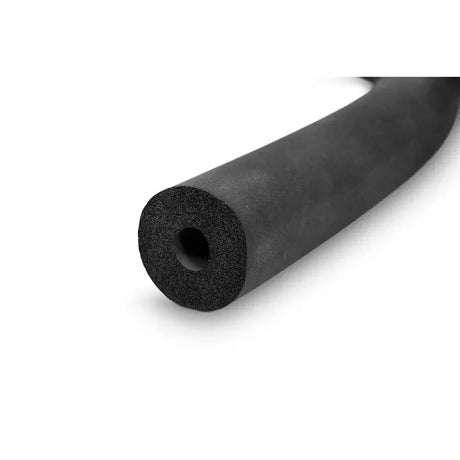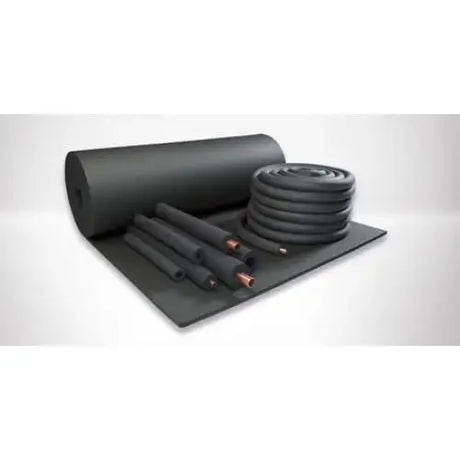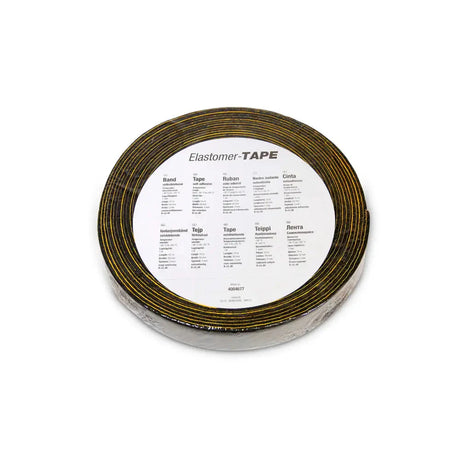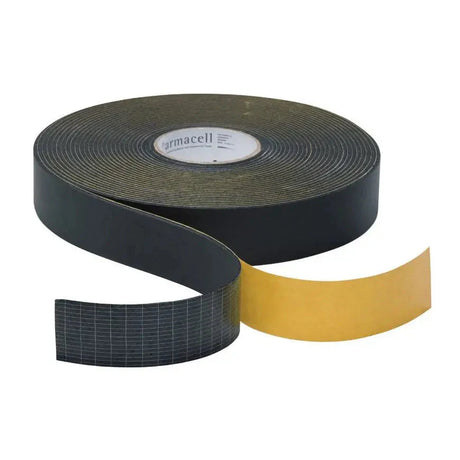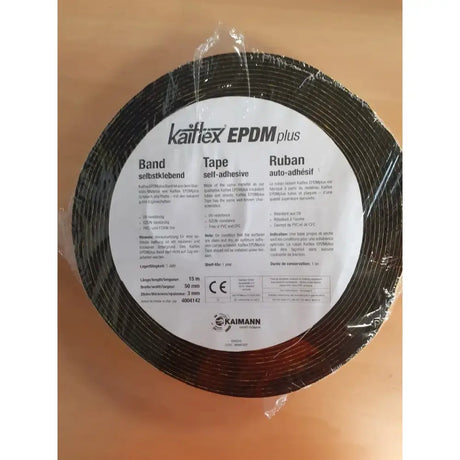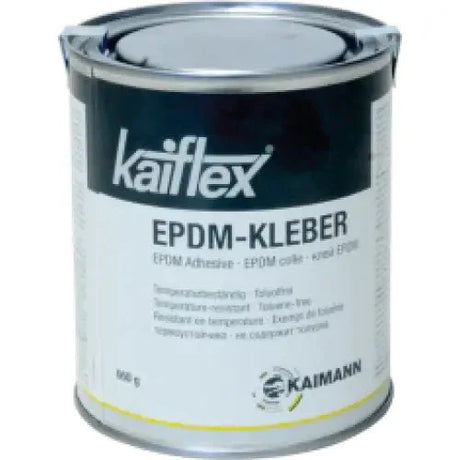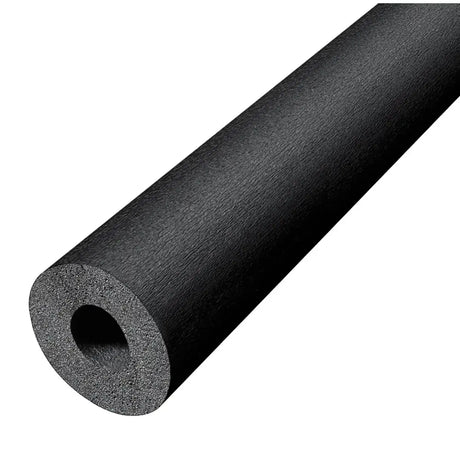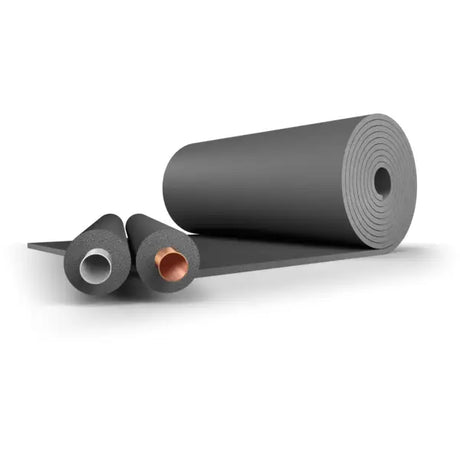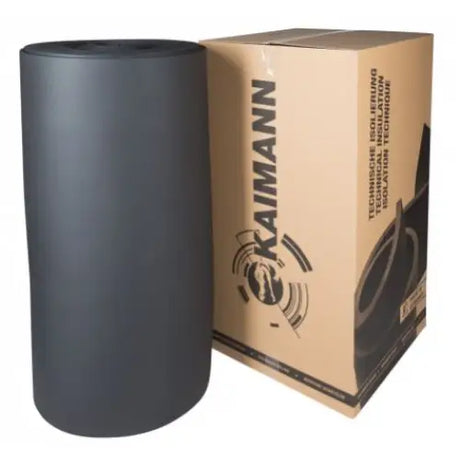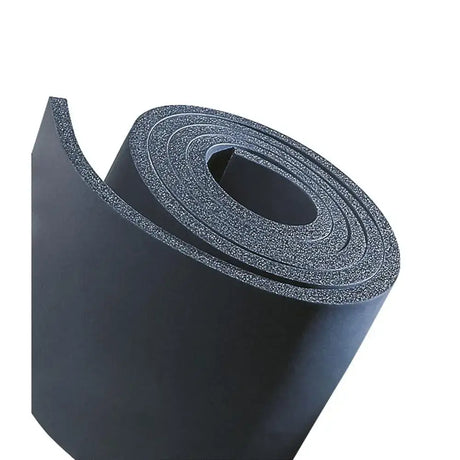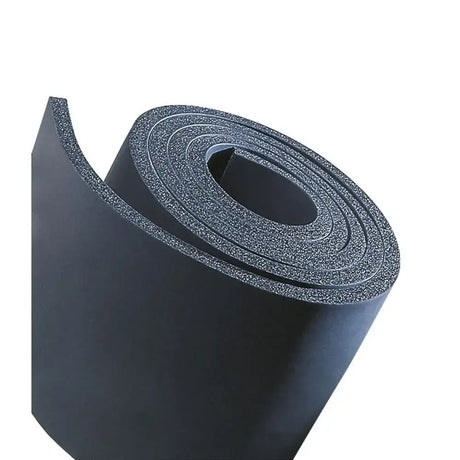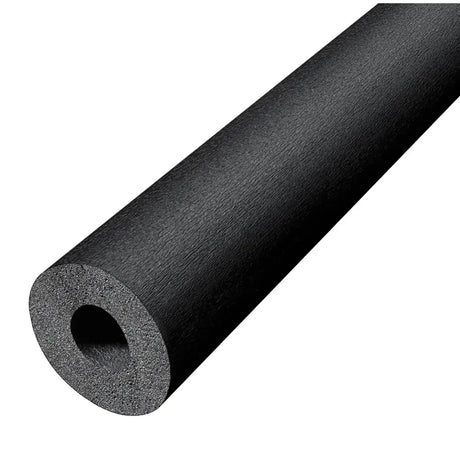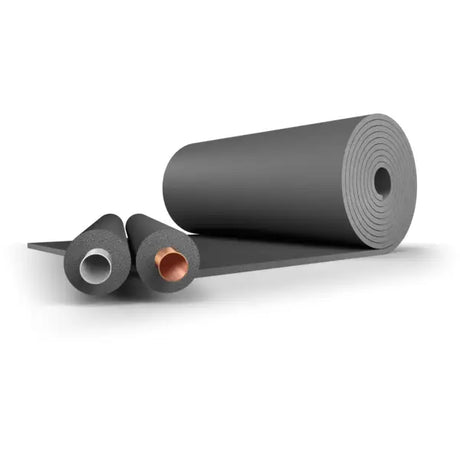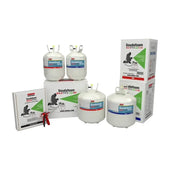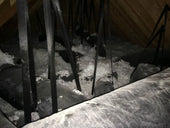Lagging Pipe is a term that might be unfamiliar to many, but it plays a crucial role in numerous industries. From construction to plumbing and even energy management, understanding lagging pipe can significantly improve efficiency and safety. In this comprehensive guide, we will delve into the details of lagging pipe, its applications, benefits, and best practices.
Defining Lagging Pipe
Lagging pipe refers to the process of insulating pipes using materials that reduce heat loss or gain, as well as minimise noise transmission. The insulation material, often called "pipe lagging," wraps around the pipe to provide thermal and acoustic protection. This is essential for maintaining the temperature of fluids within the pipe and reducing energy consumption.
Types of Pipe Lagging Materials
There are various pipe lagging materials available, each offering unique advantages and suited for specific applications:
- Fibreglass: A popular choice due to its excellent thermal insulation properties, fibreglass is lightweight, non-combustible, and easy to install.
- Rockwool: This mineral wool material provides excellent sound absorption and thermal insulation. It is resistant to high temperatures, making it ideal for industrial applications.
- Polyethylene foam: A flexible and lightweight material, polyethylene foam offers good thermal insulation and vibration dampening properties.
- Rubber foam: This versatile insulation material is suitable for both hot and cold pipes, providing excellent thermal and acoustic insulation.
- Aerogel: Known for its exceptional thermal insulation properties, aerogel is lightweight and highly resistant to heat. It is suitable for high-temperature applications.
Applications of Lagging Pipe
Lagging pipe is widely used across various industries for several purposes:
- Temperature Control: Insulating pipes helps maintain the temperature of fluids within, preventing heat loss in hot water pipes and heat gain in refrigeration pipes.
- Energy Efficiency: By reducing heat transfer, lagging pipe lowers energy consumption, making it an essential component in energy management systems.
- Noise Reduction: Lagging pipe helps reduce noise transmission from pipes, minimising the impact of noisy pipework in residential and commercial buildings.
- Condensation Prevention: Insulation helps prevent condensation on cold water pipes, reducing the risk of mould and mildew growth.
- Safety: Lagging pipe protects against burns from hot pipes and frost damage to cold pipes, ensuring safe working environments.
Benefits of Lagging Pipe
Investing in proper pipe insulation brings about several benefits:
- Cost Savings: By minimising heat loss or gain, lagging pipe reduces energy consumption, resulting in lower utility bills.
- Environmental Impact: Lower energy consumption translates to reduced greenhouse gas emissions, contributing to a greener environment.
- Improved Comfort: Properly insulated pipes maintain optimal temperatures, providing a more comfortable environment for occupants in residential and commercial buildings.
- Noise Reduction: Pipe lagging helps minimise noise transmission, creating quieter living and working spaces.
- Prevention of Damage: Insulating pipes can prevent costly damage from condensation, mould, and mildew.
Best Practices for Lagging Pipe
To maximise the benefits of lagging pipe, follow these best practices:
- Select the Right Material: Choose insulation material based on your specific requirements, considering factors such as temperature range, noise reduction, and environmental conditions.
- Ensure Proper Installation: Proper installation is crucial for optimal performance. Hire a professional if you are unsure about the process.
- Regular Maintenance: Inspect pipe lagging regularly for signs of wear, damage, or moisture infiltration, and replace it when necessary.
- Compliance with Regulations: Ensure your pipe lagging installation adheres to local building regulations and industry standards for safety and efficiency.
- Consider Pipe Accessibility: When installing lagging pipe, ensure that essential components, such as valves and fittings, remain accessible for maintenance and repairs.
Lagging Pipe in Different Industries
Various industries utilise lagging pipe for specific applications:
- Construction: In residential and commercial buildings, lagging pipe ensures optimal temperature control and noise reduction.
- Plumbing and HVAC: Insulating pipes in heating, ventilation, and air conditioning systems contributes to energy efficiency and improved comfort.
- Industrial: Factories and processing plants use lagging pipe to maintain process temperatures, protect workers from hot surfaces, and reduce noise pollution.
- Energy Management: Lagging pipe is a vital element in energy management systems, helping to minimise energy consumption and lower utility costs.
- Marine and Offshore: Insulating pipes in ships and offshore installations is essential for maintaining stable temperatures and preventing corrosion caused by condensation.
Frequently Asked Questions about Lagging Pipe
To further enhance your understanding of lagging pipe, here are answers to some commonly asked questions:
-
How do I choose the right pipe lagging material?
Consider factors such as temperature range, noise reduction requirements, and environmental conditions to select the appropriate insulation material for your application.
-
Can I install pipe lagging myself?
While DIY installation is possible, it is advisable to consult a professional if you are unsure about the process or if the project involves complex systems.
-
How often should I inspect and maintain my pipe lagging?
Regular inspection and maintenance are crucial to ensure optimal performance. Check your pipe lagging at least once a year or more frequently in demanding environments.
-
Does pipe lagging require replacement?
Over time, pipe lagging can degrade or become damaged. Replace it when necessary to maintain energy efficiency and safety.
-
Is lagging pipe a worthwhile investment?
Yes, investing in proper pipe insulation can result in significant cost savings, reduced energy consumption, and improved comfort.
Conclusion
Properly lagging pipe plays a pivotal role in an array of sectors, offering advantages such as effective temperature management, enhanced energy efficiency, noise mitigation, and increased safety. By acquiring a solid understanding of the diverse pipe lagging materials, their uses, and adhering to best practices, you can make well-informed choices when incorporating pipe insulation solutions into your projects. Implementing the appropriate pipe lagging measures not only leads to long-term cost savings but also contributes to a more comfortable and environmentally responsible living and working environment.


